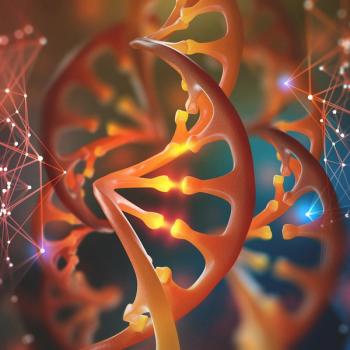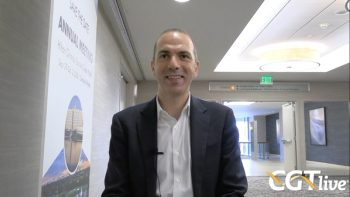
Amod Sarnaik, MD, on Lifileucel’s Place in the Treatment Lanscape for Advanced Melanoma
Sarnaik discussed the investigational TIL therapy’s potential as an additional option for patients.
“There are definitely challenges associated with implementation of a product as complex as lifileucel. This requires mobilization of resources that as a medical field we're not quite used to. The treatment does involve extensive patient and caregiver education, as well as mobilization of resources associated with practitioners of surgical oncology, medical oncology, as well as cellular therapy. Of note, cellular therapy is still a relatively emerging field, and therefore represents a relatively scarce resource.”
While there are various treatments available for patients with advanced melanoma, many of these treatments have substantial limitations or drawbacks, leaving some patients with few viable options. In this situation, some patients will turn to investigational therapies being evaluated in clinical trials.
Amod A. Sarnaik, MD, FACS, Moffitt Cancer Center and University of South Florida,
In an interview with CGTLive, Sarnaik discussed the current treatment landscape for advanced melanoma, going over the various options available and their respective limitations, and then gave his view on where lifileucel could fit into this landscape if it becomes an approved therapy. He also discussed some of the challenges of implementing lifileucel in the clinic, going over the infrastructural limitations that currently make cell therapy options less accessible for patients than more conventional treatments.
Newsletter
Stay at the forefront of cutting-edge science with CGT—your direct line to expert insights, breakthrough data, and real-time coverage of the latest advancements in cell and gene therapy.










































